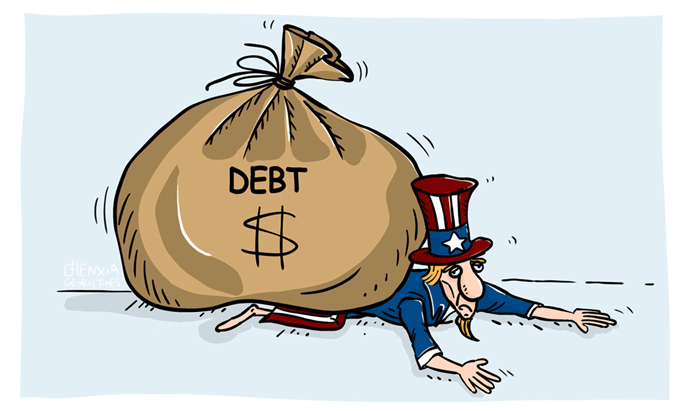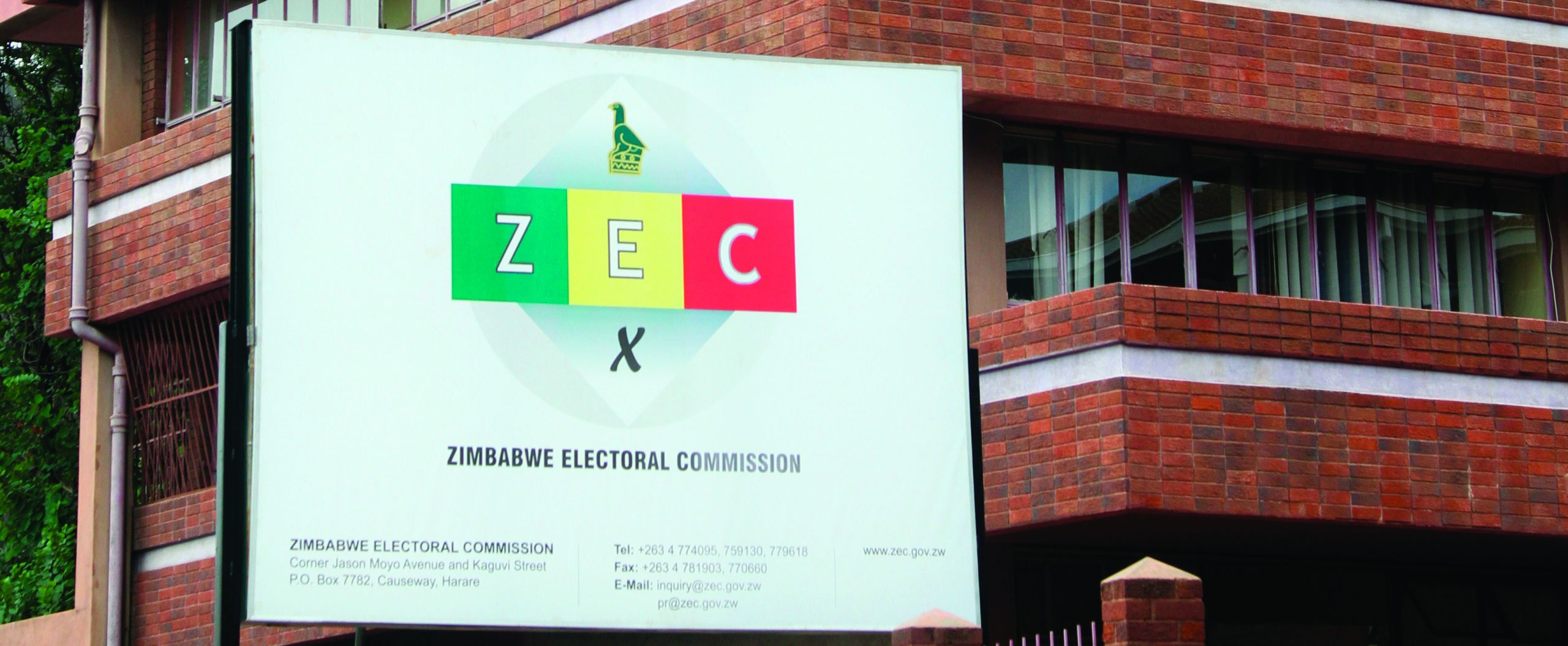
By Learnmore Nyamudzanga
Debt is a sum of money that is owed or due.
Like individuals or businesses, a country can owe money to domestic or foreign lenders.
Debt is a topical issue; some view it as good while others view it as bad.
This is the same with economists, Keynesian views of public debt are mostly optimistic, debt is seen as moral, productive and beneficial.
On the other hand, classical views of public debt are mostly pessimistic and others believe government borrowing is invariably wasteful, devastating to prosperity, and even morally unjust.
Now coming to the Zimbabwean situation, is public debt good or bad?
I had an opportunity to attend the Zimbabwe Multi-Stakeholder Debt Conference from September 22 to 24, 2021, which was useful in coming up with this article.
- Chamisa under fire over US$120K donation
- Mavhunga puts DeMbare into Chibuku quarterfinals
- Pension funds bet on Cabora Bassa oilfields
- Councils defy govt fire tender directive
Keep Reading
The conference was held by the African Forum and Network on Debt and Development (Afrodad) in collaboration with the Zimbabwe Coalition on Debt and Development (Zimcodd) to discuss public finance management and development issues in Zimbabwe.
It was clear from the conference that the nation is struggling to pay back its debts and it has been in this situation since the year 2000, when the country first defaulted on its external obligations.
Faced with this debt challenge the country has resorted to token payments to creditors, which amounts to US$17.04 million in the first quarter of 2021.
Prior to the Covid-19 pandemic, the country’s stock of external debt was already sitting in the growth-reducing territory.
Covid-19 further exacerbated the precarious situation leading to the contraction of the economy, drying revenue coffers, yet more expenditure was needed to combat the pandemic.
The country’s debt has ballooned (by 1429%) from US$0.7 billion debt inherited from the Rhodesian government in 1980 to an estimated total public and publicly guaranteed (PPG) debt of US$10.7 billion as at end December 2020 (72.6 % of Gross Domestic Product).
This includes external debt of US$10.5 billion and domestic debt of $20,91 billion.
So what are some of the challenges and impacts associated with unsustainable debts?
Debt distress is normally associated with significant risks of declining economic growth and deteriorating living conditions.
The poor and vulnerable who need health, education and social security the most bear the brunt of the economic decline.
Debt distress usually implies cutting back on key social sector and infrastructure expenditures in an attempt to avoid defaulting on debt service repayments.
This escalates taxes, which places a higher cost-of-living burden on the citizens and can be transferred to future generations who will bear the burden of compulsory taxes.
Debt reduces the capacity of the state to respond and discharge its constitutional obligations with respect to economic and social rights that have financial bearing.
Reduced social spending compromises the quality of human capital, and infrastructure spending cuts reduce prospects for industrial development, industrialization and economic transformation.
Zimbabwe has limited access to multilateral debt relief initiatives and external loans (received special drawing rights of US$961 million equivalent to 9% of its external debt or quarter of its budget in US$ terms), it suffers higher borrowing costs which reduce economic growth and investment.
All these exacerbate poverty and inequality in all sectors of the economy.
Why would a nation borrow?
A nation like Zimbabwe may borrow for:
l Structural purposes: to finance development expenditure such as construction of roads and power stations.
l Market development purposes: to create some financial instruments that facilitate both primary and secondary trading on financial markets.
l Cyclical purpose: to stimulate the economy in a downturn.
The government may also resort to borrowing in order to bridge the temporary gap between revenue and expenditure.
l Political purposes: to increase expenditure before an election. Such funds are normally used for unproductive purposes to please the electorate prior to the elections.
Is debt good or bad?
Debt is good if it has a low interest rate, used for productive purposes and if quantities can be paid back.
Debt is bad if a country relies on debt only for development without domestic resources mobilisation, if repayments are done at the expense of social spending (such education, health and social protection), if debt is from shark creditors (high interest debt), if it is borrowed for consumption, if quantities are high that a nation cannot able to pay back.
Debt is also bad if it does not adhere to the constitution and other debt management and public finance legal frameworks.
It is also bad if the process is not done in a transparent manner.
What is wrong with Zimbabwean debt?
The debt is unsustainable, some of the amounts were used for consumptive not productive purposes, it includes odious debts, more than 70% of the debt are arrears. In addition, the total debt is above the Sadc recommended threshold of 60% of GDP, the Public Debt Management Act (PDMA) threshold of 70% of GDP and in most cases overdraft at the RBZ far exceeded the 20% limit in the RBZ Act.
Debt limits have been exceeded without the authority of Parliament which violates section 300 of the constitution of Zimbabwe.
Furthermore, the debt is also made up of debts assumed from both private and state-owned enterprises despite the citizen contestation.
Our debt was worsened by US$1.35 billion RBZ debt assumption, US$495 million Ziscosteel debt assumption and Zimbabwe Asset Management Company (Zamco) acquired US$997 million non-performing loans.
This will negatively affect the country’s indebtedness, credit rating and public confidence and trust.
Plus, 2017 and 2018 public debt audit noted some anomalies.
There are also claims that official debt statistics are an understatement of the actual size of the debt, it does not include the US$3,5 billion compensations to white commercial farmers as well as the opaque resource backed loans, just to mention a few. All these are huge debt burdens which often fall on the government and increase the tax burden of citizens.
How are some of the loans utilised by the government?
According to the Parliament Budget Office some of the loans received were used to expand the Robert Gabriel International Airport (2018), NetOne mobile network expansion project, upgrade of the Bulawayo thermal power station project and Deka pumping station project.
In 2019 and 2020 some of the loans were used to finance inputs for the 2019/20 agricultural season, procurement of prepaid smart meters, repowering of Hwange 1-6 power station and urgent response operation to fight Covid-19.
Way forward
The government must respect the constitution, debt management and public finance management legal provisions.
These include principles of public finance management, not exceeding debt limits such as Public Debt Act threshold of 70% of GDP and RBZ Act overdraft limit of 20% (S.300, 119 CoZ; S 11, 52-61, 298 of PFMA, S.11 of RBZ Act etc.).
All loans that exceed the above limits must be approved by parliament as stipulated by section 300 of the constitution of Zimbabwe.
There is also a need to enhance transparency and accountability on debt and Public Finance Management related issues.
Citizen contestation must be considered when assuming both private and state owned enterprise debts and special attention must be given to the impact of such decisions on the country’s indebtedness, credit rating, public confidence and trust.
There is also a need for inclusive and comprehensive audit of the total debt, to identify and remove illegal/odious debt.
This should be followed by debt restructuring, write-offs and sustainable debt management framework and payment plan.
When it comes to resource backed loans as indicated in my article entitled What do we know about Resources Backed Loans (RBLs)?
Government must: borrow transparently, bring loans on budget, invest productively, make borrowing competitive, respect prudent borrowing limits, where possible avoid using resource rights as collateral, bring experts to the negotiation and citizens, Parliament and civil society organisations should require transparency.
- Nyamudzanga is an independent economist, tax consultant, Zimbabwe Economic Society (ZES) member and holder of a Master’s in Tax Policy and Tax Administration. Email: [email protected].
*These weekly articles are coordinated by Lovemore Kadenge, the ZES and past president of the Institute of Chartered Secretaries & Administrators in Zimbabwe, now known as the Chartered Governance and Accountancy Institute in Zimbabwe (CGI Zimbabwe) — [email protected] or mobile +263 772 382 852.










